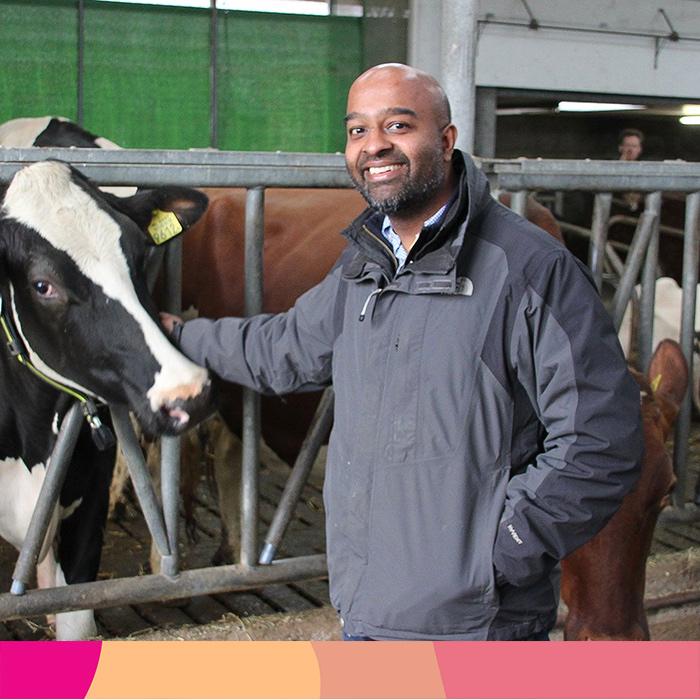-
-
- Advancement of the Professions Committee
- Standards Committee
- Audit and Risk Committee
- Education Committee
- Disciplinary Committee
- Charter Case Committee
- Preliminary Investigation Committee and Disciplinary Committee Liaison Committee
- Registration Committee
- Preliminary Investigation Committee
- Paper classification: some definitions
-
-
-
-
- About extra-mural studies (EMS)
- EMS requirements
- Information for vet students
- Information for EMS providers
- Information for vet schools
- Temporary EMS requirements
- Practice by students - regulations
- Health and safety on EMS placements
- EMS contacts and further guidance
- Extra-mural studies fit for the future
-
-
- Code of Professional Conduct for Veterinary Surgeons
- Code of Professional Conduct for Veterinary Nurses
- Contact the Advice Team
- XL Bully dog ban
- 'Under care' - guidance
- Advice on Schedule 3
- Controlled Drugs Guidance – A to Z
- Dealing with Difficult Situations webinar recordings
- FAQs – Common medicines pitfalls
- FAQs – Routine veterinary practice and clinical veterinary research
- FAQs – Advertising of practice names
- GDPR – RCVS information and Q&As
-
- Accrediting veterinary degrees
- Accrediting veterinary nursing qualifications
- Reasonable adjustments for student vets
- Health and disability in veterinary medicine study and practice
- The role of the veterinary schools and the RCVS
- Reasonable adjustments and the Equality Act 2010
- Reasonable adjustments and Day One Competences
- Examples of reasonable adjustments for vet students
- Annex
- Reasonable adjustments for student vets - summary
- Reasonable adjustments for student veterinary nurses
- Health and disability in veterinary nurse education and training
- Reasonable adjustments for students and the UK disability discrimination legislation
- Educational assessment of veterinary nurses
- Roles of key stakeholders in the application of reasonable adjustments
- Examples of reasonable adjustments for vet nurse students
- Embracing reasonable adjustments for student vet nurses - summary
- External review of the RCVS by ENQA
- Requirements for remote and online student assessments
Workstreams

Navaratnam Partheeban
To make a real difference, we need to acknowledge that concepts about the veterinary profession and what it means to be a vet, are built in children’s minds from an early age. If we wish to attract a wider pool of applicants to veterinary education, it is important to start the process of communication as early as possible.
Meanwhile, it is reckless and dangerous to attract diverse applicants if the support and culture they need to flourish is not there, either within education or within the profession at large.
Our six workstreams therefore start by aiming to change the views of school children about the accessibility and relevance of veterinary careers, helping to develop supporting academic communities, through to influencing those professionals who will be employing them.
There are also streams that focus on the behaviour within our own organisations, and wider culture change.
Our six workstreams are:
- Recruitment to vet/veterinary nurse training and education
- Retention and support within the vet/VN schools at under- and post-graduate levels
- Recruitment within the profession
- Retention and support within the professions
- DIG member organisational (internal) policies and procedures
- Culture change
These are reflected in the action plan, which is reviewed and updated at every meeting.
“It is important we embrace and support diversity in all its forms in our people, to help foster inclusiveness and strength. Having the RCVS create and facilitate the Diversity and Inclusion Group, important conversations are being undertaken to coordinate action for real change, which will benefit everyone who are lucky enough to belong to the veterinary profession.”
Navaratnam Partheeban MRCVS
British Veterinary Ethnicity and Diversity Society representative on DIG
![]()